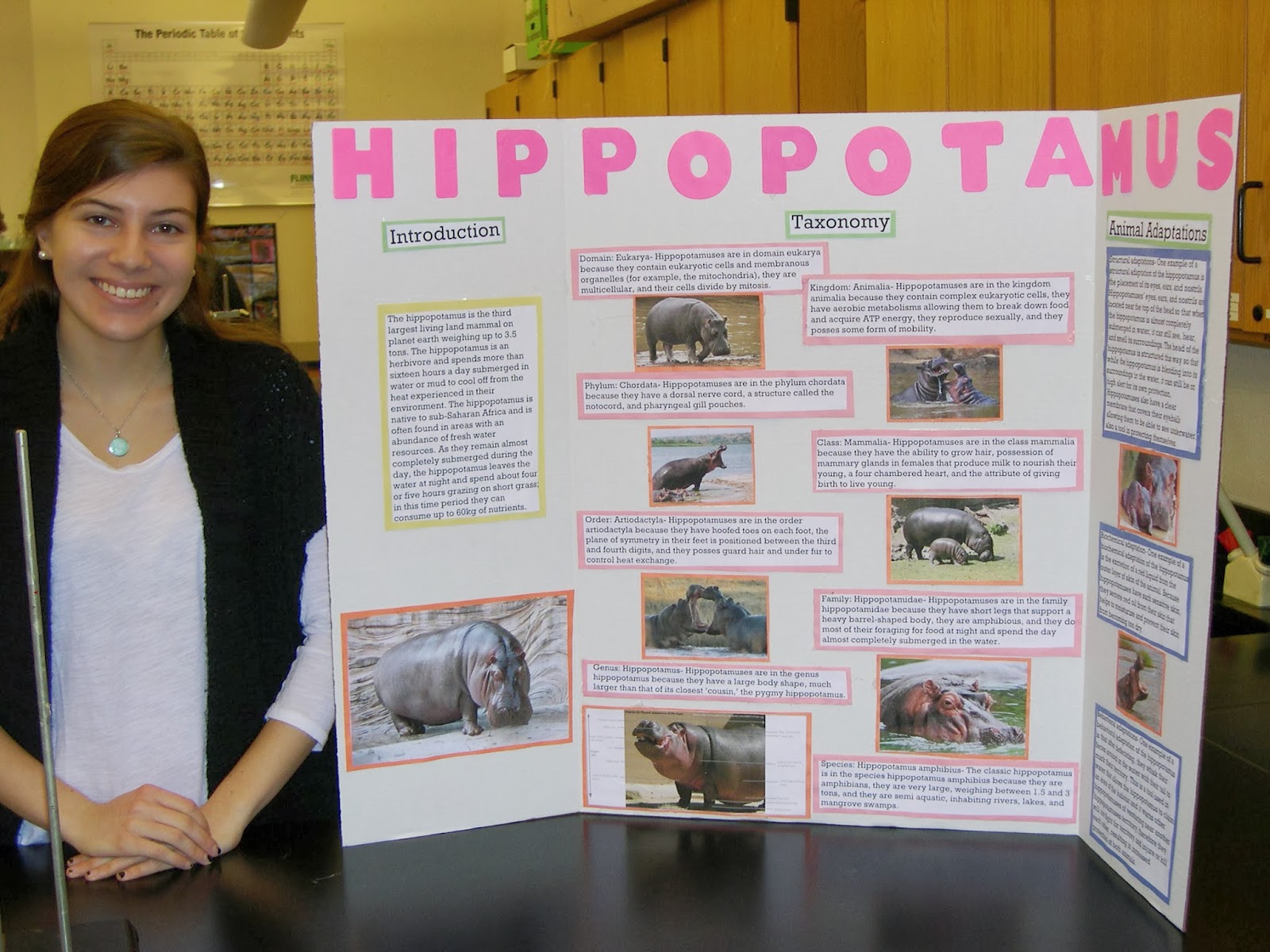I read the article “Flies That Do Calculus With Their Wings,” by James Gorman. This article talked about how researchers at Cornell investigated the paths fly wings go through when faced with environmental disturbances, such as the wind. These researchers “glue tiny magnets to the flies and use a magnetic pulse to pull them this way or that,” which enables them to control the wind-like force in the the lab. Three cameras were then set up to observe the flies from different angles, and the data collected was reconstructed so it could be analyzed. Leading scientist on the project, Dr. Cohen, said that they found “within three wing beats that sucker has recovered completely.” Flies are able to right their path of flight so quickly because at the base of each of their wings is a bundle of neurons, part of the haltere system, that are able to instantly calculate the change needed to be made and to execute it almost as quickly.
This is significant because it gives us a better understanding of how flies and possibly other animals re-adjust to environmental factors. It’s also interesting to see the many ways the complicated patterns and logic of calculus are essential and built into different parts of nature. Most importantly, Gorman says that the “math the neurons in the haltere system use is something for neuroscientists to investigate further.” He says that we could possibly use our understandings of the flies’s neurons in human neuroscience.
I would have liked if the author had gone into more detail about the importance of the research to the world and into how exactly this is important to neuroscience researchers. It would have been nice to know more about the study, and specifically what prompted researchers to investigate this behavior in flies and more details about the study. However, as is, this article was interesting and I learned more about the frequency calculus, which I think of as man-made, is found in nature.
Gorman, James. "Flies That Do Calculus With Their Wings." The New York Times. The New York Times, 18 Mar. 2014. Web. 19 Mar. 2014. <http://www.nytimes.com/2014/03/19/












































